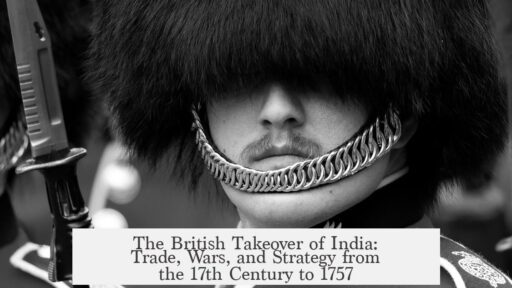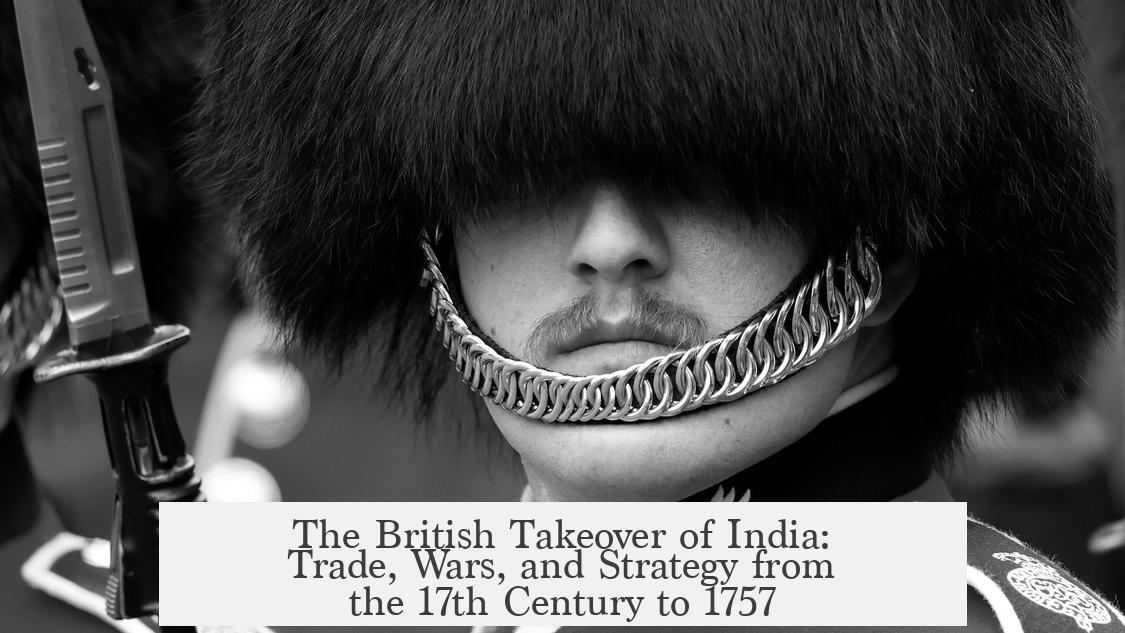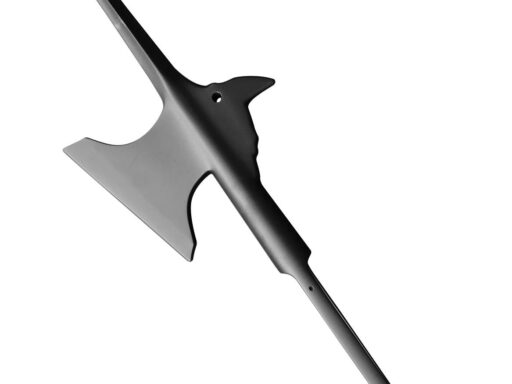The British took over India through a gradual process starting in the early 17th century with trade settlements, followed by military expansion and political manipulation, culminating in the conquest of Bengal in 1757.
The English East India Company (EEIC) began by establishing trading posts, beginning in Surat in 1613. Their trade involved commodities like cotton, dyes, and saltpetre, the latter vital for gunpowder production. Over the 17th century, settlements expanded to Madras, Bombay, and Calcutta. However, the Company’s territorial control remained limited for over a century.
This changed significantly during the 18th century with the rise of military conflict. The 1740s onward saw the British and French East India Companies fighting proxy wars in India, known as the Carnatic Wars, influenced by broader European conflicts like the War of Austrian Succession and the Seven Years War. These wars forced the British to build a structured, European-style army.
- Sepoys: Starting in 1748, the British adopted the use of Indian soldiers called sepoys. They formed the core of the Company’s military, making up around 85% of its forces by 1857.
- Military Growth: The British army in India grew from just over a thousand men in the early 1740s to approximately 340,000 by 1857, reflecting increased military spending and capability.
A pivotal event was the Battle of Plassey in 1757 against Siraj-ud-Daula, the Nawab of Bengal. Despite being outnumbered, the British secured victory by allying with Mir Jafar, a key figure in the Nawab’s ranks. The British installed Mir Jafar as a puppet ruler, effectively taking control of Bengal. This victory marks the first major territorial acquisition in British India and the beginning of their larger conquest across the subcontinent.
Following Bengal, the British expanded their influence through a mix of military force, strategic alliances, and economic control. Over nearly a century, they absorbed or subdued various Indian states until the subcontinent came under British rule.
| Key Phases | Details |
|---|---|
| Early 1600s | Establishment of trading posts (Surat, Madras, Bombay, Calcutta) |
| 1740s-1760s | Military build-up, Carnatic Wars with French East India Company |
| 1757 | Battle of Plassey; British conquest of Bengal |
| Post-1757 | Expansion via military and political control over India |
- The British East India Company began as traders and evolved into a military power.
- Sepoys, Indian soldiers trained in European tactics, formed the military backbone.
- The Battle of Plassey in 1757 marked the start of British territorial dominance.
- Gradual expansion followed via warfare, alliances, and political manipulation.
How Did the British Take Over India? A Step-By-Step Tale of Trade, Tricks, and Troops
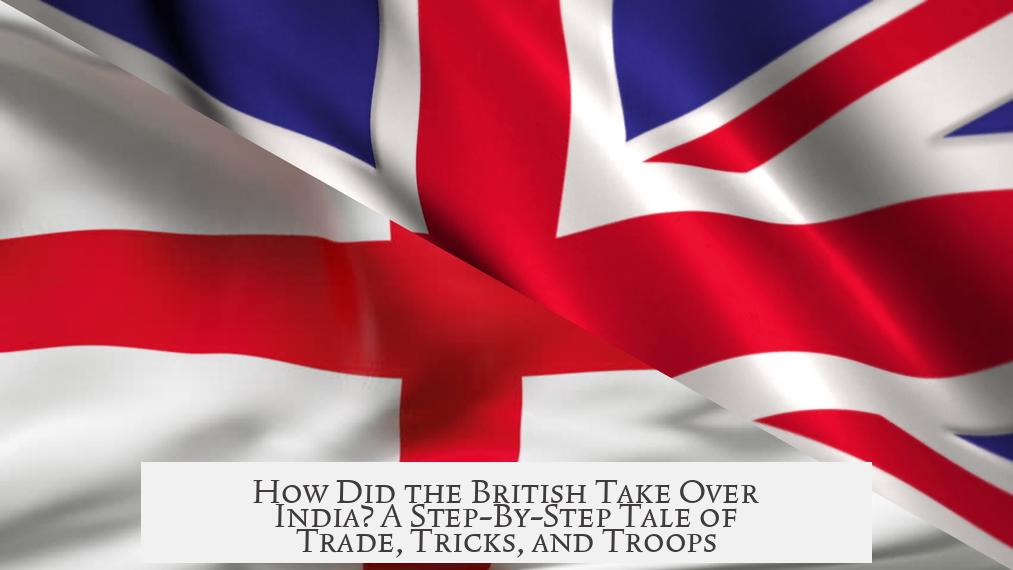
The British took over India through a mix of clever trading, cunning alliances, and a military buildup that turned local power struggles into their own stepping stones. It’s a story that involves ships, swords, sepoys, and syrups—the odd ingredients that led to the biggest colonization in history.
From Trading Posts to Territorial Dreams: The 17th Century Beginnings
It all starts with the English East India Company (EEIC), basically a super-profitable trading firm that wanted a slice of India’s spices and textiles. In 1613, EEIC set up shop in Surat, a buzzing port city in the Mughal Empire. From there, they traded vigorously—cotton, dyes, and especially saltpetre, an essential component of gunpowder. So, you might say the British had a bit of a blast coming.
By the 1640s, EEIC expanded their landholdings to Madras, then snagged Bombay in 1668 from the Portuguese, and finally Calcutta by the late 1680s. Despite setting up these bases, for a century, their territorial presence barely changed. They remained traders with fortified outposts rather than conquering kings.
The Rise of the Indian Army: Carnatic Wars and the Launch of Sepoys
The 1740s pose a turning point. EEIC’s military muscle was barely a flicker—small garrisons, fewer than a thousand men. But European politics seeping into India meant change. The War of Austrian Succession and later the Seven Years War dragged the British and their French rivals into proxy conflicts, dubbed the Carnatic Wars. These wars pushed both companies to bulk up their armies.
One key British innovation? The sepoy. Originally a French idea, sepoys are Indian soldiers trained in European warfare styles. By 1748, the British adopted this model, and these native troops soon formed the backbone of the EEIC army. By 1857, over 85% of the company’s military force was sepoys—locally recruited soldiers fighting for the British, a fact that would have massive consequences later, both good and bad.
Military spending skyrocketed. From a few thousand men in the 1740s to an estimated 340,000 by 1857, the company’s army was a force to be reckoned with. By building this kind of muscle, the British ensured they weren’t just traders anymore—they were emerging rulers.
The Game-Changer: The Conquest of Bengal in 1757
The real dramatic shift happened during the Carnatic Wars. The British clashed with Siraj-ud-Daula, the Nawab of Bengal, in 1756-57. Despite facing a larger army, the British won at the Battle of Plassey thanks to the betrayal of Mir Jafar, a key ally in Siraj’s camp.
Mir Jafar became a puppet ruler, and the British East India Company effectively annexed Bengal. This wasn’t just a victory on the battlefield; it was the beginning of actual territorial conquest in India. Bengal was lucrative, rich, and a vital foothold to launch further expansion. The idea of the British as mere traders died here—the company had become a political and military power.
Why Was This British Takeover so Effective?
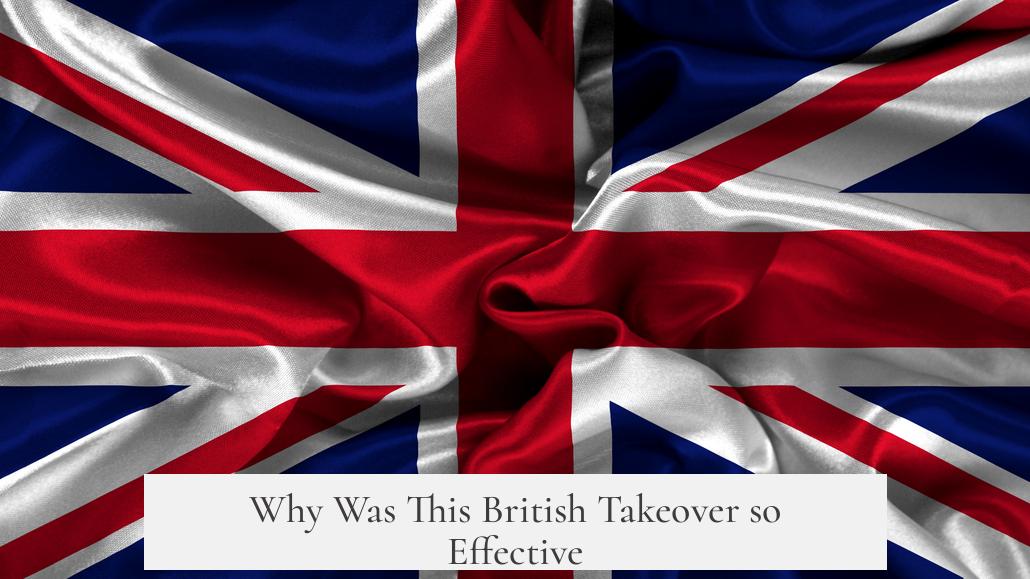
Several factors played in their favor:
- They exploited internal divisions—like the Mir Jafar betrayal—to weaken powerful Indian rulers.
- They used Indian soldiers (sepoys), which expanded their military reach cheaply.
- The EEIC combined commercial interests with growing military power, creating a hybrid force nobody in India had encountered before.
- Strategically, they took key coastal cities for trade and military bases, then moved inward step by step.
So, How Did the British Really Take Over India?
It wasn’t a single war or sudden conquest. It’s a tale of gradual, calculated moves:
- Set up trade bases and fortifications in key ports.
- Expand their military through local recruits trained like Europeans.
- Use European rivalries (British vs. French) to gain advantage.
- Make strategic alliances and betrayals with Indian rulers.
- Capitalize on victories like Plassey to establish real political control.
- Grow their army and administration to cement their rule.
By 1857, the East India Company ruled vast swaths of India, not just as traders but as de facto rulers. The British crown would take over in 1858 after the Sepoy Mutiny, but the Company set the stage.
What Can We Learn From This Historical Takeover?
This story reveals that empire-building needs more than guns. It requires understanding politics, exploiting rivalries, adapting local tactics (like recruiting sepoys), and patience to build power over time.
It’s a masterclass in strategic patience. Instead of rushing in with brute force alone, the British blended commerce, military innovation, and political strategy. Their approach worked because they didn’t just want India—they wanted to control its resources, leverage its divisions, and wield local armies.
Would You Have Seen It Coming?
Imagine being an Indian ruler in Bengal in 1757. Would you suspect that a trading company would end up ruling your lands? Probably not. The British didn’t rush in blazing cannons from day one—they were careful, shrewd, and patient. They played the long game, and surprise! The world’s largest democracy once began as a company trading cotton and gunpowder ingredients.
As we peel back the layers of history, the British takeover of India teaches us one simple truth: empires are won step-by-step, sometimes with ships, sometimes with spies, and often with soldiers fighting under foreign flags but dreaming of their own futures.
